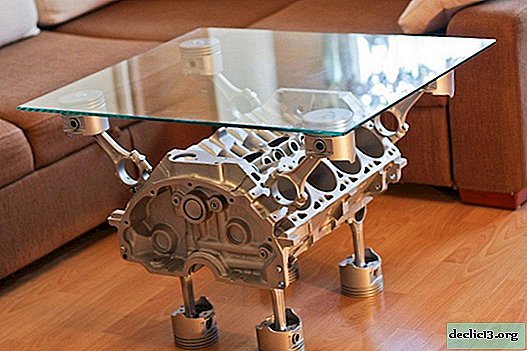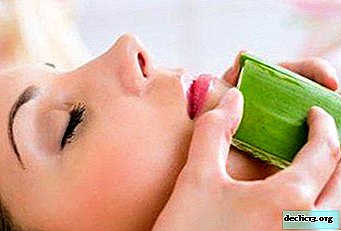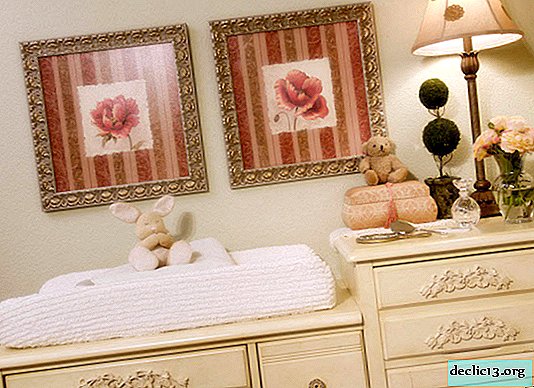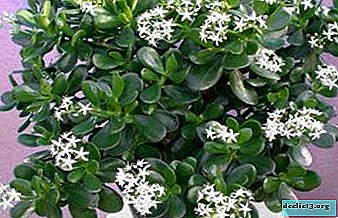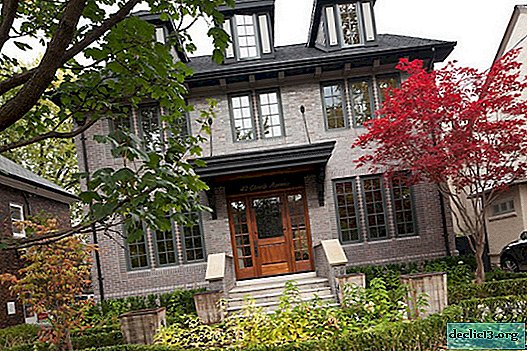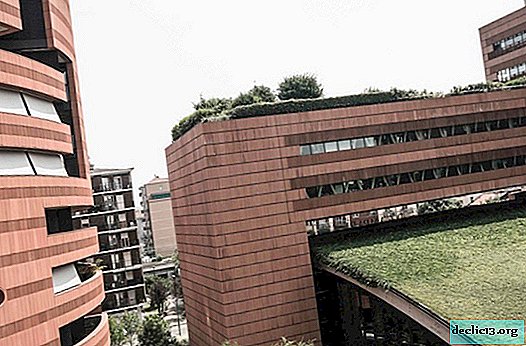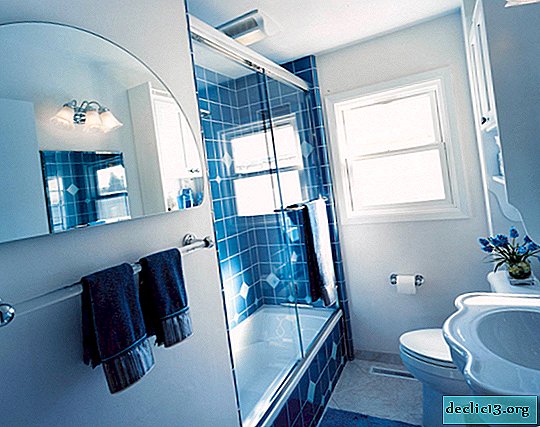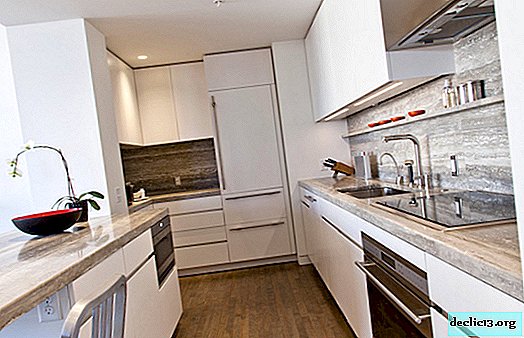Perennial tropical plants in the area: gloxinia
The second name of gloxinia is hybrid synningia. It belongs to the genus in the Gesneriaceae family. These are perennial grasses or small bushes native to the tropics. The homeland of gloxinia can be considered Central and South America. Most often, it can be found in deciduous forests or rocky areas of Mexico. Gloxinia are also found on river banks.
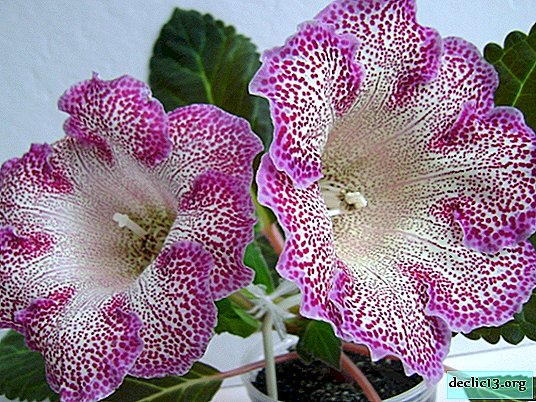

Now gloxinia is represented by many breeds and hybrids. It looks like a tuber plant, decorated with velvet leaves on short stems. The funnel-shaped elongated flowers are presented in a wide range of colors. Perianth can be simple or terry.


Size classification consists of four items:
- standard varieties reaching a height of 25 cm or more;
- compact varieties from 12 to 25 cm high;
- miniature gloxinia growing within 5 and 12 cm;
- microminiature, up to 5 cm high.

Leaves have a normally horizontal arrangement. Among the colors of bell flowers can be found:
- pink;
- reds;
- white
- yellow;
- purple
- speckled.


In addition, there are varieties of two colors and with frills of other colors. Typically, gloxinia flowers reach up to 5 cm in length and 7 cm in diameter.


Gloxinia uses small seeds for propagation, which it possesses in large quantities. Breeders isolate 25 species of this plant. In this case, the main among them are the gloxinia royal and beautiful.


Royal gloxinia looks like a plant with thick juicy stems reaching a height of about 10 cm. Large dark leaves hang heavily in the lower part of the bush. On them you can see silver streaks on top, and reddish below.


This variety has wide oval leaves that are opposite. A drooping bell blooms on a long stalk.

The excellent gloxinia variety Gloxinia speciosa is also provided with oval leaves. They have a bright green color and grow on long cuttings. The flowers of this plant can have a different shape depending on the variety.


Features of plant care and care
For the health of gloxinia, you must independently go through the entire flowering cycle. It is important that, after flowering, the wilted bell die and die itself. The pot for this plant should reach 15 cm in diameter.


Lighting
Such a photophilous plant as gloxinia reacts very sensitively to changes in the length of daylight hours. The best conditions would be to provide diffused sunlight. If you put a flower pot in the shade, then over time the stems will stretch and flowering will be less intense. In addition, you can notice that the leaves of the flower rise.

By the appearance of the plant, you can determine how correctly selected lighting. If the flower has enough light, then its stems will be short, the leaves will be dark green, and the flowers will be bright.


To ensure optimal conditions, you can build a special rack, which can be illuminated at a time when there are no natural rays. This time can reach up to 14 hours a day.


Temperature
The most suitable temperature for breeding gloxinia is 18-20 g. If the leaves rose up, then the flower may be hot. Too sluggish leaves, overly down, can also indicate discomfort to the plant. In this case, this may indicate hypothermia.

Watering
Gloxinia requires regular watering. You can do this from above or use a water tray. It is important to prevent water from entering the leaves when watering. Between watering, the earthen lump should dry out slightly.


In the dormant period, which begins at the end of October, the gap between watering needs to be increased. This will help the flower enter a new state easier.


Too much water can cause the plant to rot. In this case, the root system is inhibited. Outwardly, this manifests itself in wilted leaves that hang from the edges of the pot.

The temperature of the water for irrigation should be room temperature or a degree higher. The plant reacts sharply negatively to cold water. Humidity should be maintained at a standard level comfortable for humans. Drafts should also be avoided.


Soil composition
The optimal soil composition for gloxinia is one part of turfy land, two parts of leafy soil, one part of humus and one part of sand. The sand should be coarse-grained. Moreover, the acidity of this composition should be in the range of 5.9 - 6.9 pH.


A properly selected soil composition will deliver easily absorbed nutrients to the plant roots. In addition, such land holds water well. Good drainage is also important for good gloxinia growth. Immediately before planting, it is best to sterilize the soil.


Gloxinia fertilizer
The most suitable schedule for feeding home gloxinia is once every ten days. Fertilizer is bred in a proportion of 2 g / l. It is better to periodically change mineral fertilizers to organic ones.
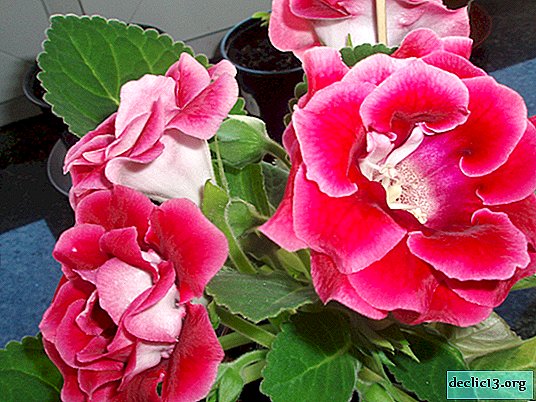

If it is not possible to purchase ready-made fertilizer in the store, then you can prepare it yourself. Water is added to the mullein concentrate 12 times more by volume.

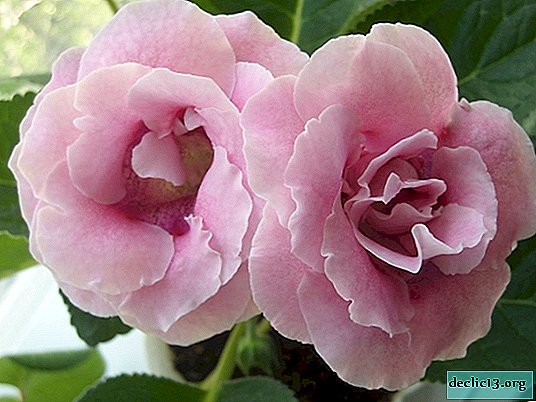
It is better to start top dressing when the plant has a dormant period. At this time, an shoot emerges from the tuber, which needs to be stimulated by growth.
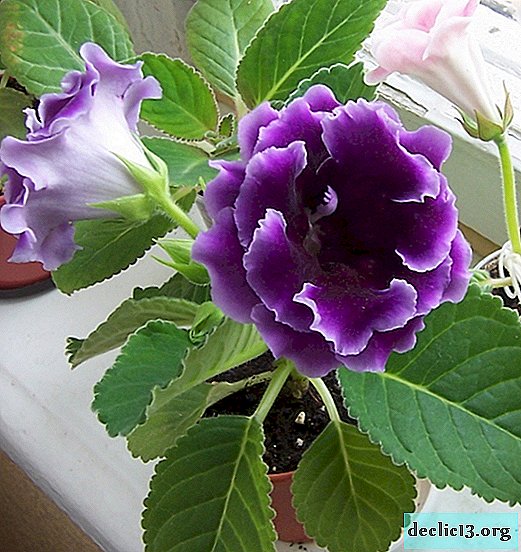

The last top dressing before the rest period should contain a significant proportion of potassium monophosphate. The main thing is that the fertilizer does not contain nitrogen. Stop feeding is approximately in mid-August.

Signs that the plant lacks nutrients will be faded flowers, slowed or stopped growth of the bush, the flowering time is significantly reduced, and the size of flowers and buds is reduced in size. At the same time, an overabundance of complementary foods causes much greater harm, which is why its lack.


During the dormant period, which lasts in November and December, watering the plants should be suspended. At this time, the pot is placed in a warm and dry place, which is well ventilated. Air temperature should be between 12-13 gr.


During this period, the upper part of the plant should die out. Only a small stump remains in sight. At this time, the tubers can be removed from the pot, treated with a special antifungal compound and put into a box, after pouring it with preliminary perlite or another suitable substance.

If you do not follow the rules for keeping gloxinia at rest, then it can get out of this state too early. The result will be a very weak undeveloped plant.
If all the rules are followed, then by the new season you will have a new bright flower on your windowsill, striking in its beauty and freshness.


